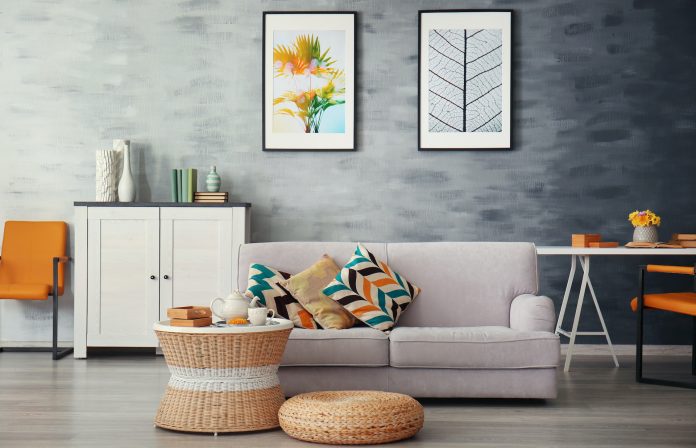Key Highlights
- Pandemic demanding home spaces to be used as offices, studios, gyms, classrooms and storage lockers
- Being quarantined in a city may have lasting impacts on future designs for apartments and homes
The coronavirus pandemic is not the first pandemic to quarantine and restrict people to their homes and apartments and it won’t be the last. Tuberculosis and the 1918 flu pandemic “had an enormous impact on architecture, with the creation of sanitariums that were very open and were all about the balcony light and air,” said Paul Whalen, a partner at Robert A.M. Stern Architects.
Download Your FREE Ultimate Agent Survival Guide Now. This is the exact ‘do this now’ info you need. Learn NOW How to Access All The Bailout Program Cash You Deserve. Including Unemployment and Mortgage Forbearance Plans. To Access the Ultimate Agent Survival Guide Now Text The Word SURVIVAL to 47372. 4 Msgs/Month. Reply STOP to cancel, HELP for help. Msg&data rates may apply. Terms & privacy: slkt.io/JWQt
No doubt the coronavirus pandemic will have enormous impacts on the design of our home architecture in the future. Here are some evolving architectural trends:
Even More Flexible Home Spaces
Technology enabled many to work from home prior to the pandemic but now remote working is as an accepted and, likely, sustained norm. Single-purpose spaces such as dining rooms are now multi-purpose spaces where one can work, study, socialize, watch/create media, educate children and eat on an as-needed basis.
Room sizes could change to enhance flexibility and multi-uses. A windowless alcove could be set up as one or more small spaces simply by closing it off with sliding glass doors to accommodate private calls and videoconferences, spaces for children, small libraries, etc.
Outdoor Access
It seems that most people are clamoring for access to fresh air and nature after being inside for so many hours and days. Larger courtyard gardens can help assuage feeling “cooped up” as can balconies and terraces so people can be outside while living inside most of the time. French doors off living rooms and dining rooms also bring the outside in and the inside out for, at the least, cross and natural ventilation to help reduce energy consumptions and enhance wellness.
Conscious Storage Areas
Having just one roll of toilet paper, if one can even find a roll of toilet paper, or just enough food for one mean no longer cuts it. Architects, designers and residents need to thing about “…how the square footage is used, and specific cabinets or closets that are more flexible or have more storage space,” said Morris Adjmi, a New York based architect.
Kitchen appliances that have dwindled in size in recent decades may have to grow a bit larger to be able to have food for more than a week.
Technology Will Become More and More Sophisticated
The more touch-less the better now that we all know viruses can be picked up from surfaces we touch. Lights may go on automatically when you come home. Elevator doors may open and close when you talk to them rather than having to push a button. Filters will be improved to abate bacteria and viruses. Technology improvements will help us feel safe in our apartments and/or homes.
Front Hall Entrances
A single wall that creates a “separate” entrance area and a sense of enclosure may become important when people move from the outside world into their homes/apartments. People need a place to take off their shoes and put down their packages before coming into the main space of an apartment or house. That space needs a front-hall closet.
Greater Appreciation for Public Spaces
Maitland Jones, a partner with Deborah Berke Partners, predicts more ownership of shared public spaces with “…a new focus on civic life, on public spaces that benefit everyone – parks, sidewalk, streets. Let’s share in this kind of fantasy that some good stuff will come out of the pandemic.”
Yes, let’s.
Thanks to The New York Times.
Also read: Podcast: The Coming Storm No One Is Warning You About, Podcast: Coronavirus Declared Pandemic. What Happens Next?, “Scattershot Re-openings” Still Leading to 2.9M More Layoffs























